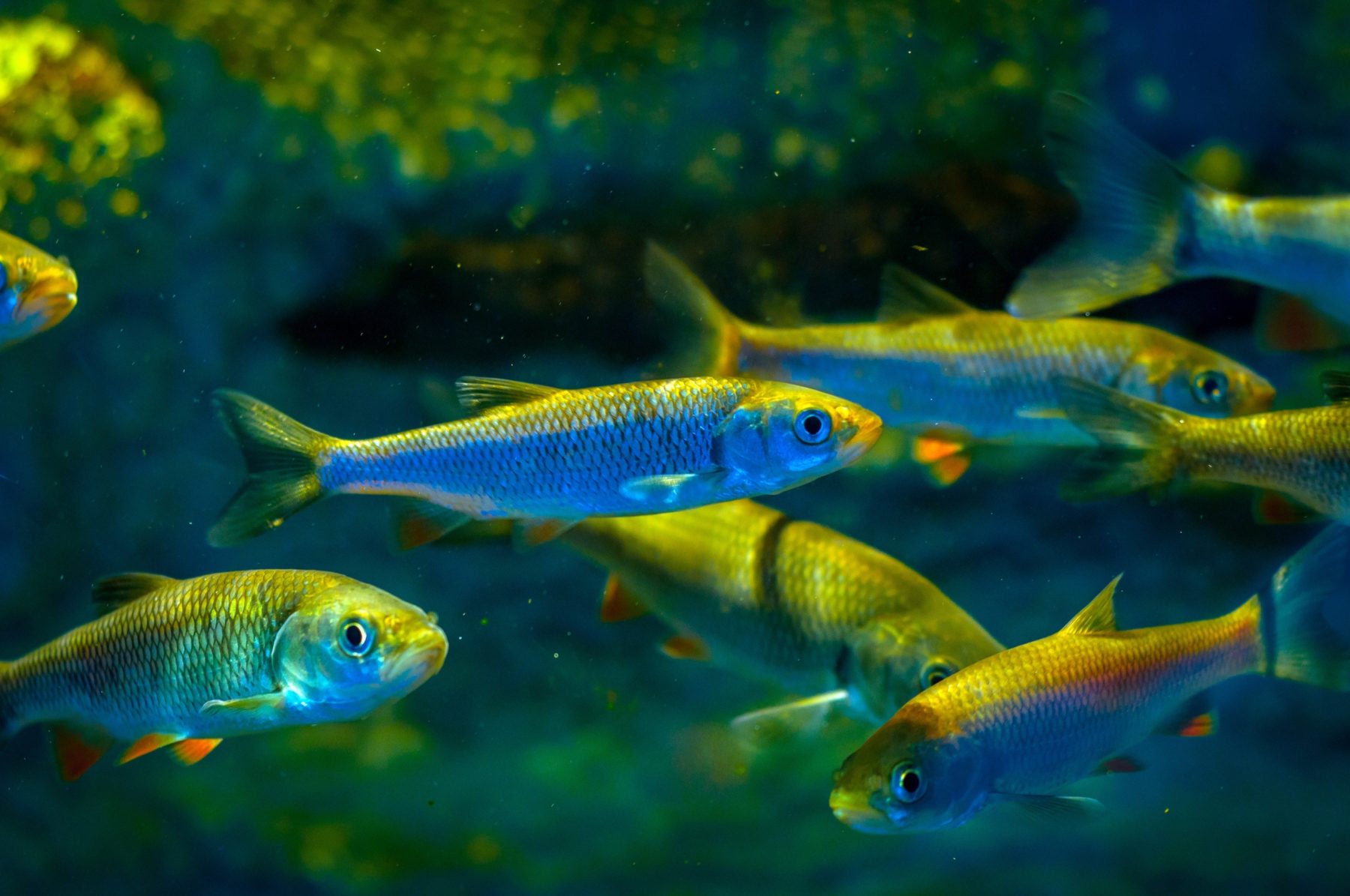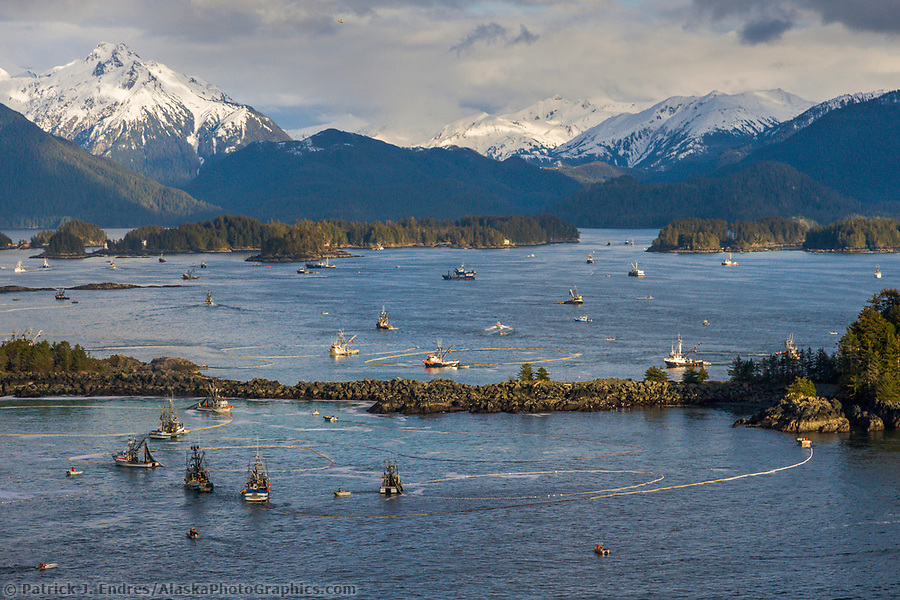
News
News
News
Research Spotlight: Herring in Sitka Sound
Ancient bones and DNA are providing new insights into the biology of the herring that come to spawn in Sitka Sound each spring. Researchers from the Sitka Tribe of Alaska and the University of Washington want to decode the information held in herring DNA to better understand the past and present of Pacific Herring. By using DNA, both new and old, researchers can put together a more complete picture of Herring in Sitka Sound.
Today and for thousands of years, Yaaw have sustained and enriched the lives of Tlingit people. Pacific Herring have been fished for 10,000 years along the Northwest Coast. Besides nourishing people, they play an important role in moving energy up the food web. Helping to sustain life on land and at sea. Traditional Ecological Knowledge (TEK) indicates that Herring numbers in Southeast are severely depleted. Leaving many worried about the future of Herring and access to subsistence harvest.

Scientists plan to use a unique combination of genetics and archaeology to dig deeper. First, researchers will analyze genetic samples collected from present-day Herring in Sitka Sound. This will determine if Herring in Sitka Sound are genetically alike to one another or if there are distinct groups spawning here. Researchers also plan to extract ancient DNA from tiny Herring bones found at three archeological sites in Southeast. This will show if Tlingit people, several hundred years ago, were sustained by the same set of Herring populations we see today or if diversity has been lost. Work in Washington by Petrou et al showed that Salish people subsisted on both winter and spring spawning Herring. And this diversity in Herring spawn timing in Puget Sound was stable for 900 hundred years. But how does this work translate to current concerns over the future of herring in Sitka Sound?
Currently, the commercial sac roe herring fishery in Sitka Sound is managed as a single stock. This assumes that the fish are alike to each other, genetically speaking. It is also understood that herring populations rise and fall naturally. Some years there is a boom while other years there might be a bust. TEK suggests that there may be many stocks in the Sitka area and the herring abundance was historically stable. This means not lots of booming or busting. These distinctions are important when thinking about how a fishery is managed. If there are distinct populations that are managed as a single group, then there is a risk of overfishing some of the populations.

Maintaining a diversity of populations in an area is important for maintaining overall stability. For herring in Sitka Sound, this might mean that different groups (or stocks) of fish spawn at different times or in different areas. This has been shown to be important for the stability of herring populations in Puget Sound. It’s like putting your (literal) eggs into many baskets so your offspring have the best chance to survive. By not detecting or accounting for these complexities in the population, managers might unintentionally target certain groups. Which would decrease the genetic diversity and increase future vulnerability.
This research has important implications for fisheries management and the resiliency of Pacific Herring. By weaving disciplines and worldviews, researchers can fill-in some of the gaps in understanding. Many troubles loom over Pacific Herring in the coming years, but a deep dive into the past and present of Pacific Herring is an investment in the future. Because as we all know, life pulses a little more vibrantly when Herring spawn in Sitka Sound.
